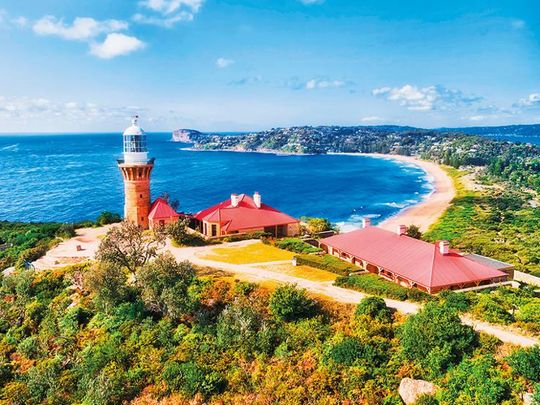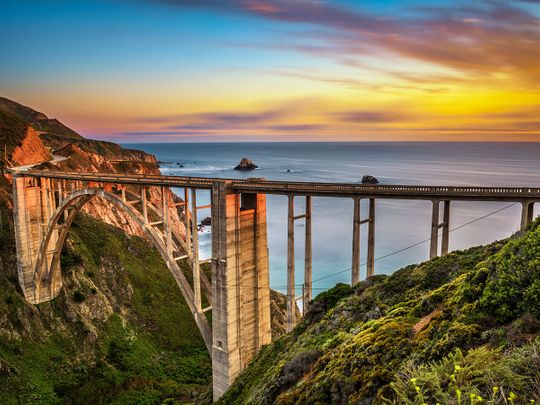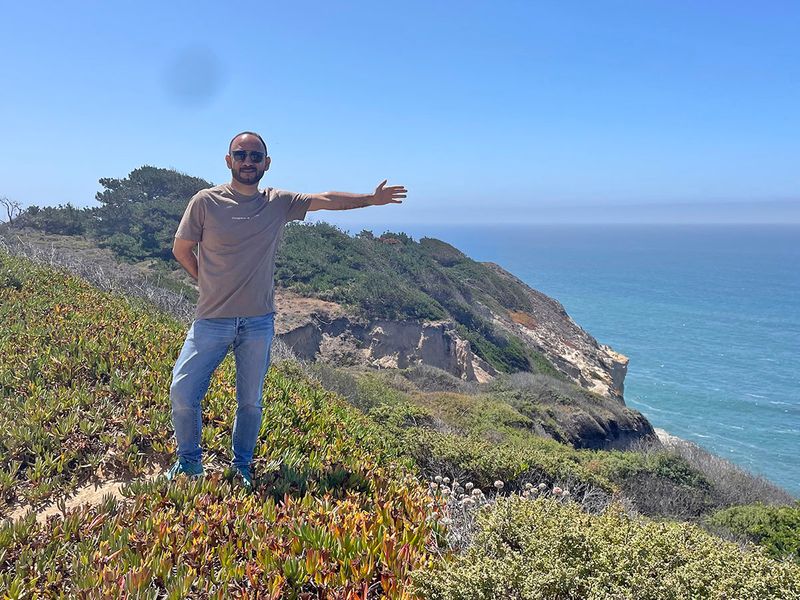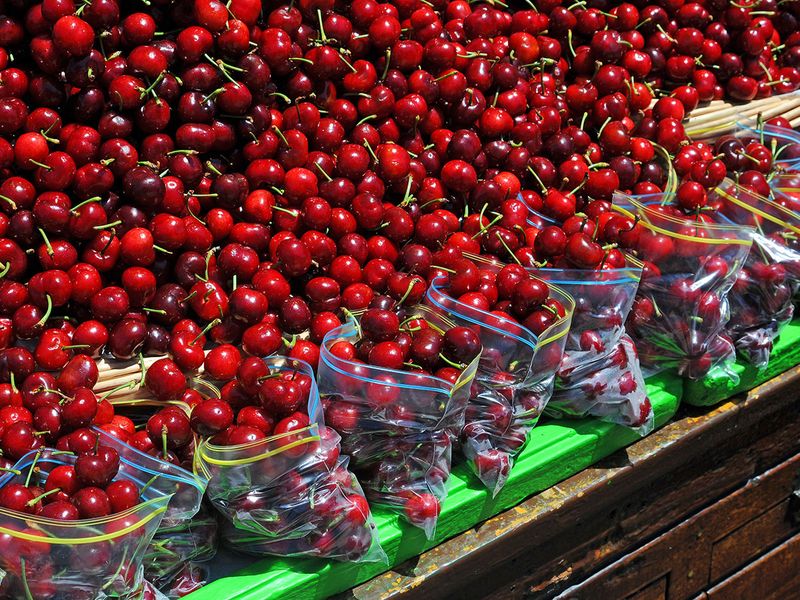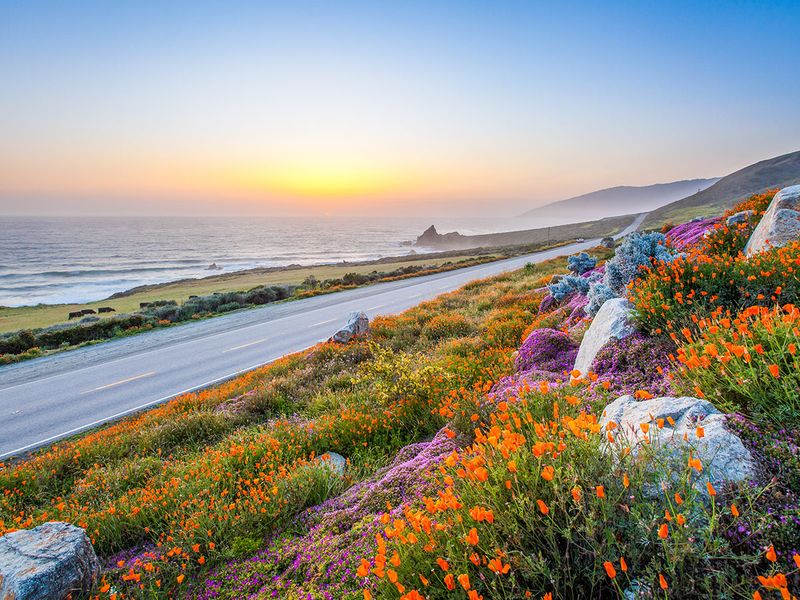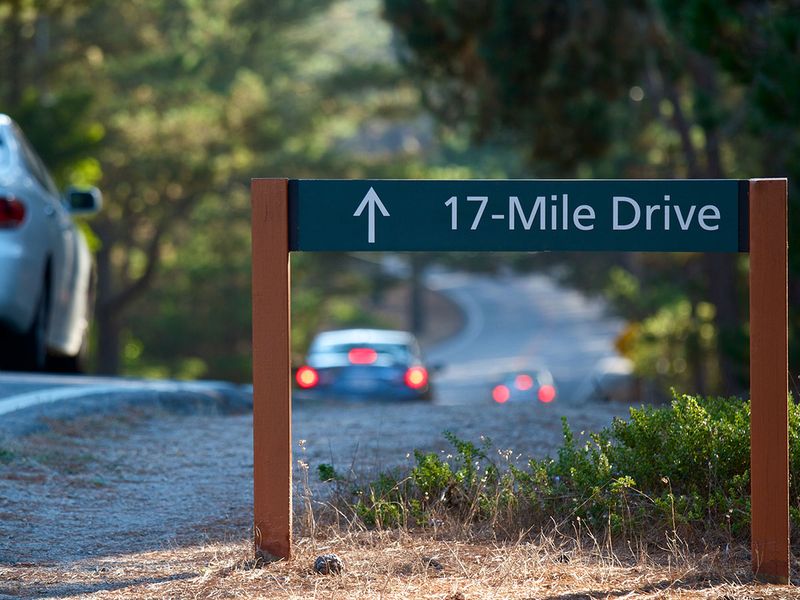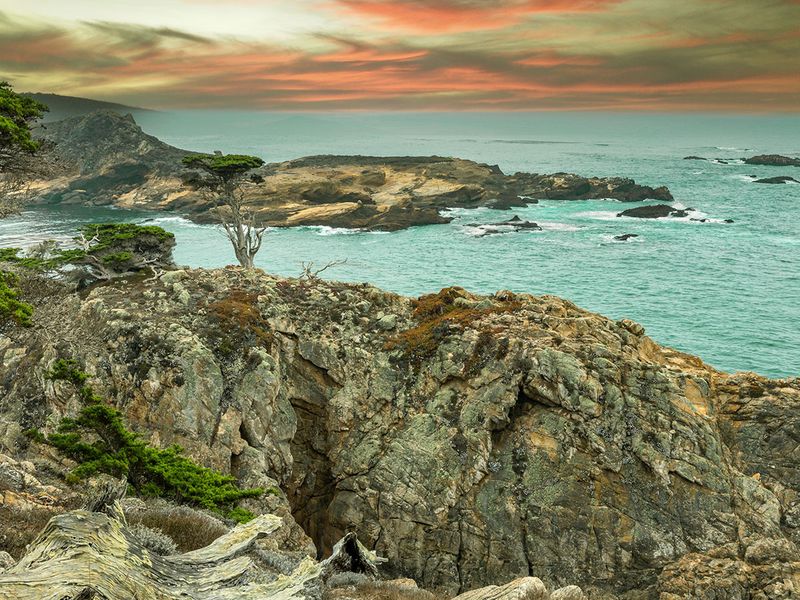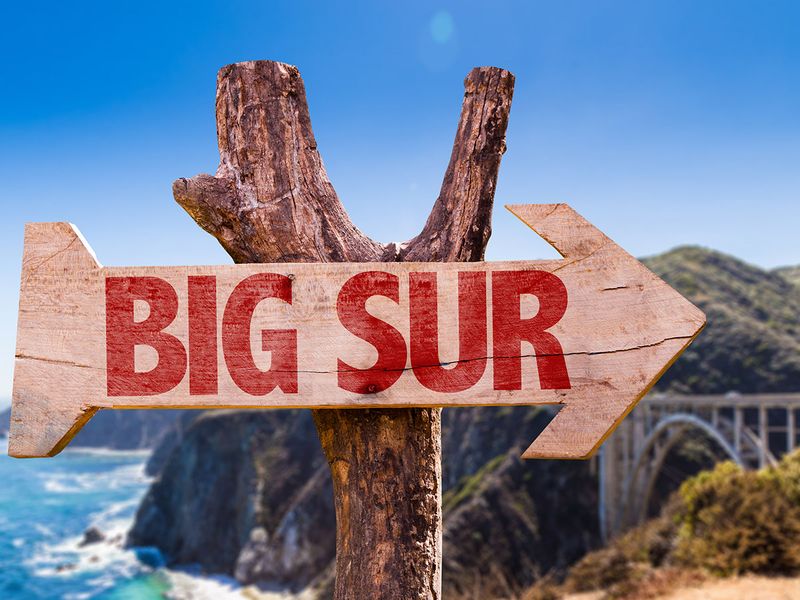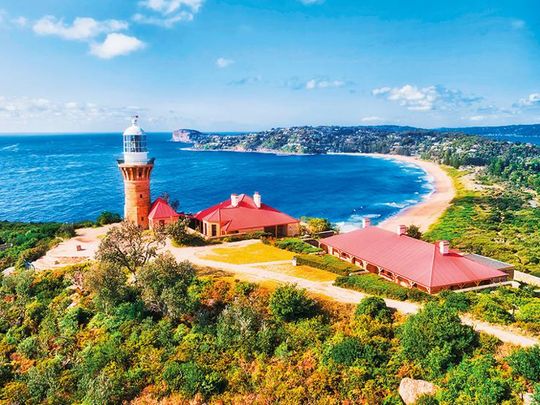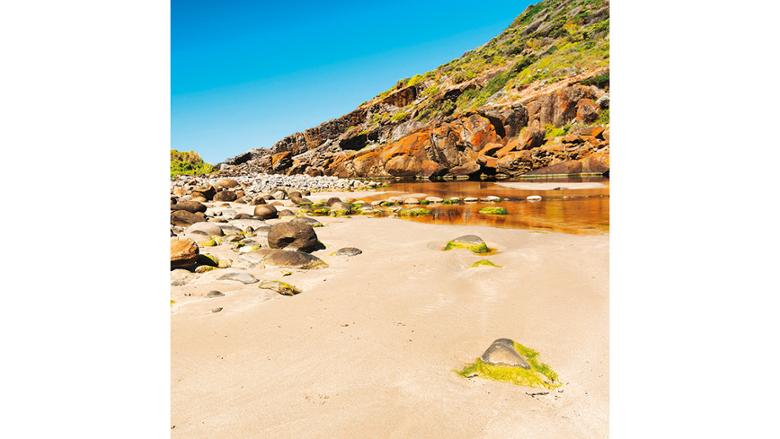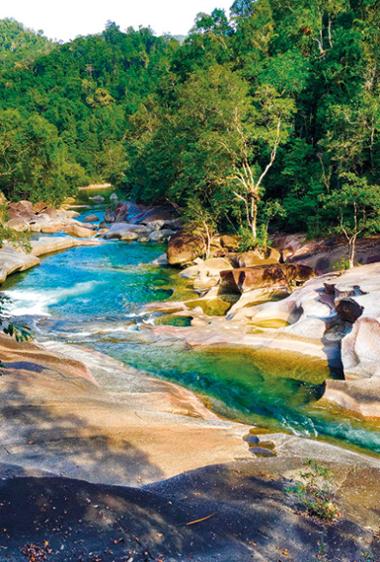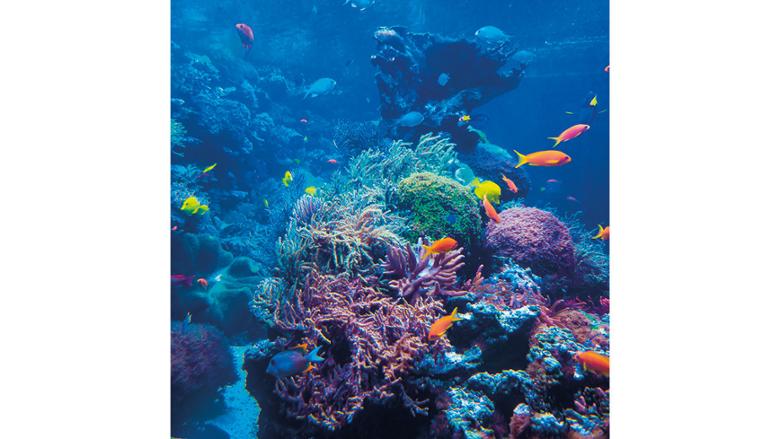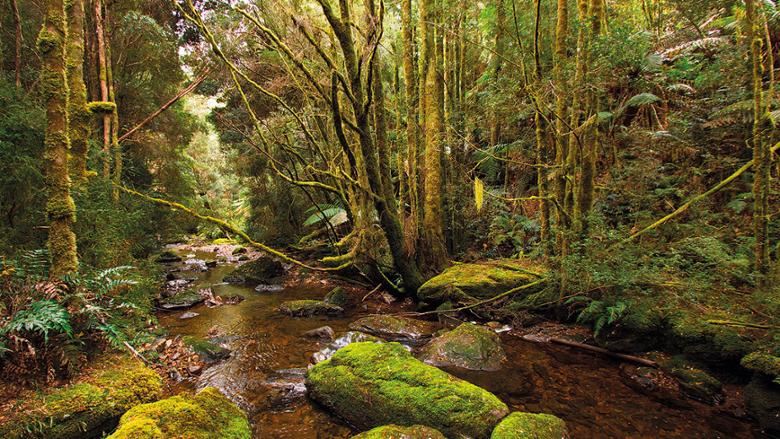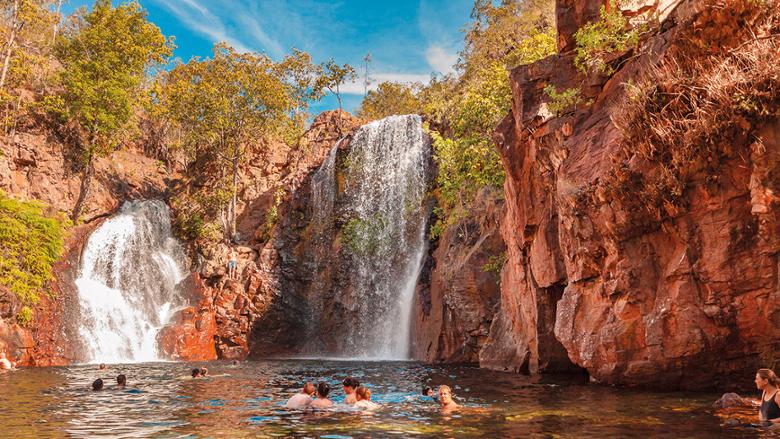The day was bright and balmy. My Rent-a-Car, a 2022 Jeep Compass, looked shiny and compact. Outfitted with updated tech, the Subcompact Crossover’s Trailhawk version is a capable off-road drive. I was in California and news was just out: US has the best road trip of all scenic routes in the world: Big Sur, California.
Mainstream media was quoting multiple Instagram hashtags, search data, and TikTok views (gleaned from data till July 2022) that listed the 28 most popular road trip routes worldwide. The Pacific Coast Highway, also called Highway 1, a stunning stretch down the California coast with winding turns and views from heaven, was the unanimous choice. My eyes lit up.
Wasting no time, I jumped into the Jeep in San Francisco with my friend to take the iconic road trip. On one side, seacliffs overlook the Pacific and on the other, the Santa Lucia Mountains loom. Rolling down the windowpanes, we let the Pacific breeze ruffle our hair. The famous Californian sunshine glistened upon our faces (and gave me a suntan, which I still spot).
At Half Moon Bay we grabbed an American breakfast of omelette — eggs with sausage and fried potatoes, pancakes and toast with jam. There is a small town charm to this place, replete with cliffside coastal hikes, crescent beaches, surfing, beachcombing and migratory marine mammals. Here I was sipping my black coffee, overlooking unique cove beaches and tide pools — an ideal start to the trip.
America has to be explored by road. At the Cowell-Purisima Trail, just south of Half Moon Bay, I bumped into surfers in their wetsuits, surfboards and longboards in hand, running to catch the early tide. Parking the car, we walked down the 5km gently-graded path that winds along bluffs. This is where pristine American farmland melds into the blue Pacific Ocean and harbour seals can be spotted aplenty.
We opened up the throttle across Santa Cruz with its lighthouse field state beach shimmering in the distance. At some point, I lost count of the jaw-dropping vistas, stunning seaside villages and mom-and-pop produce stands that sell the best cherries in the world.
California’s fresh-market cherry is called Bing. Large, dark red with superb flavour and firm, juicy flesh, you can tell the fruit by its dark hue and heart shape. Since it is officially cherry season, many small farmers put together roadside truck stands, where you can pick up premium cherry to keep you powered during the road trip.
California Highway 1 is for friends, families and summer sweethearts. It passes through such beautiful coastal spots like Monterey, Pescadero, Pebble Beach, Santa Monica, Santa Barbara and Big Sur, to name just a few.
You can’t help but notice the contrariety of California — how the birthplace of the internet and home to Silicon Valley has some of America’s greatest rural farming and ranching communities.
So while the Big Tech — and the likes of Apple, Google, Amazon, Meta, Microsoft and others continue to innovate, it is rather fascinating to learn that California leads the US in the production of almonds, apricots, avocados, raspberries, strawberries, and other fruits.
On the road, it is not uncommon to see forests with redwood trees, hundreds of feet tall. There are several state parks with abundant wildlife — black bears, mountain lions, bighorn sheep and elk.
As you reach a particularly dazzling stretch of the trip, called the 17-Mile Drive, you can see bald eagles and California condors hover above you. Swimming off the coast are green sea turtles, California sea otters, and blue whales, which sadly did not make an appearance for me.
For our overnight halt, we stayed in a small fairy tale village called Carmel-by-the-Sea. This is where turquoise blue waters of the great Pacific kiss the Californian shoreline. It is also where America’s super-wealthy have their multimillion dollar seaside holiday homes.
There are piddly restaurants serving you the freshest seafood in America. The Flying Fish Grill in the Mission Street has the best sea bass and grilled king salmon, avocado, caramelised onions, chipotle aioli, lettuce and tomato in focaccia bread.
Next morning we set off for the Point Lobos State Nature Reserve on Highway 1. This is a 10-km loop trail near Carmel-by-the-Sea, popular for birding, hiking, and running.
Point Lobos loop trail has plenty of Cypress trees with bright orange growth, lending the park an otherworldly feel. With the Pacific caressing the nature reserve, Point Lobos offers some of the best locations for scuba diving on the Monterey Peninsula.
When you spot Monterey pine and Cypress groves hugging the coastline, you know you have entered the Big Sur. This is the most beautiful coastline anywhere in the world — an isolated stretch of road where the water is breathtakingly blue, and craggy cliffs overlook the shimmering ocean below.
Francis McComas, the great Australian artist who spent most of his adult life in California, once called Big Sur the world’s “greatest meeting of land and sea”. This is a surreal drive of ruggedly-beautiful coastline and gravity-defying bridges. I got off at the iconic Bixby Creek Bridge to get some pictures.
It is often said that people don’t take trips, trips take people. In hindsight when I think of my recent American road trip, driving up and down California, it feels like many quick and urgent dreams — all jumbled together.
I don’t know what was the best bit: the enticing pace of it, the wind rustling, journeying past caring or the red cherries? Days later a friend casually asked me in New York: what was your destination? Perhaps the greatest part of a road trip isn’t arriving at your destination!
At its core, an adventure is a thrilling and daring experience. It can be an activity that elicits excitement; an extraordinary endeavour; a challenge gnawing at the boundaries of comfort zones. It’s a story with a clear beginning, a tantalisingly unpredictable middle and a yet to be written end. Explorers, mountaineers and extreme-sports enthusiasts have all earned the label adventurer – but risk and danger are not prerequisites for setting challenges and having fun.
Side-stepping hardcore exploits, many activities fall under the umbrella of “soft adventure”. Hiking, cycling, kayaking and paddleboarding are all pursuits which can be done without any prior training. Yet, they still have the power to deliver the same mood-boosting rewards of scaling a peak or free-diving to new depths. Best of all, there’s no need for months of preparation or masses of expensive kit. Often, all that’s required is an open mind, enthusiasm and a willingness to get stuck in.
Australians are the masters of soft adventure. In a country big enough to call itself a continent, the vast and varied landscape demands to be explored in different ways. Navigate forest-wrapped gorges by raft, traverse pinnacle-studded deserts on foot, or admire the swirling patterns of inaccessible wetlands from above. Surrounded by three major oceans and several seas, the coast is also a jumping off point for some of the best sailing, diving and snorkelling on our planet – and you don’t need to dip far below the surface to be overwhelmed.
Even the cities can sate an appetite for adventure. In Sydney, it’s possible to climb to the top of the Sydney Harbour Bridge; from Melbourne it’s a short drive to the monumental Great Ocean Road; and just outside federal capital Canberra, ancient Ngunnawal rock paintings are concealed in the caves of Namadgi National Park.
But more than anything, it’s the laidback, freedom-loving, can-do attitude of Aussies that creates an unparalleled spirit of adventure. With no pressure to win races, achieve world firsts or even reach the finish line, the goal is simply to enjoy the ride.
1. Core strength
You don’t have to be a hippy to invoke the spiritual powers of an earth mother. Reconnect with nature by grounding yourself with a range of mindful activities offered on a new four-day yoga retreat on the Fleurieu Peninsula, a 40-minute drive from Adelaide. Wake up with a yoga session and spend days meditating, taking Ayurvedic cooking classes and exploring the area. Roam through bushland in the Deep Creek Conservation Park and sea kayak along the Rapid Bay coastline. For accommodation, choose between luxury glamping or a country estate.
2. Hoofing it
From crisp blue swimmable crater lakes to mysterious lava tubes and mineral-rich caves, Queensland’s Atherton Tablelands is filled with geological wonders. Access some of the lesser-known sites on an off-beat tour operated by Intrepid, using pack donkeys to access secret trails off limits to vehicles. In between trekking no more than five hours per day, there are opportunities to search for tree kangaroos, refresh beneath waterfalls and sample local produce from the fertile region. Sleep comfortably in hotels and rest assured the donkeys are taken care of by a trained handler.
3. Ready to rock
In the western corner of the Flinders Ranges, a five-hour drive from Adelaide, an ancient seabed reveals the lifeforms once populating our planet half a billion years ago. Some of the world’s oldest fossils have attracted the attention of Sir David Attenborough, who filmed part of his First Life series in Nilpena, now protected as a national park. Later this year, it will be possible find out why the Ediacara fossil site is so important by joining an immersive field tour of the site. The Blacksmith’s Shop, Woolshed and Shearer’s Quarters of a former pastoral station are currently being converted into a visitor centre.
4. Hiking through history
Safeguarding sailors since 1831, Barrenjoey Lighthouse is a Sydney icon. Presiding over the golden sands of Palm Beach, the sandstone heritage building has even starred in soap opera Home and Away. Feel the force of the earth’s elements by hiking to the headland, the start of a coastal walk to Avalon Beach. Continue through the pretty bushland of McKay Reserve, where honeyeaters suckle on the nectar of banksia plants. Between May and September, humpback whales form a convoy along the coast.
5. Edge of the world
Formed 55 million years ago, Australia’s coastline has been shaped and pummelled by some of the world’s most powerful oceans. Witness the point where two giants collide along the Cape to Cape trail in the Margaret River region, Australia’s longest coastal walk. Running for 135km from Cape Naturaliste Lighthouse, the self-guided trail is best spread across six days. Between August and October, cliffs are covered with wildflowers, while from June to December, humpback whales breach and fluke. End at Cape Leeuwin headland – where the lighthouse keeper’s cottage has been restored as a café – and watch the Indian and Great Southern oceans converge.
6. Creatures of the deep
Promising to stretch and bend imaginations, extraordinary scenes below Australia’s oceans are as wondrous as a sci-fi fantasy. The highest concentration of curious characters occurs along the east coast’s Great Barrier Reef. To sample the highlights, start north of Cairns in the Ribbon Reefs, exploring on a liveaboard and diving with pods of dwarf minke whales passing through from June to July. Continue south to cooler waters around Lady Elliot Island and Hervey Bay for encounters with manta rays and migrating humpbacks. Only an Open Water PADI certificate is needed to dive.
7. Going with the flow
Dotted along a 125km course, staging posts labelled Nasty Notch, the Churn and Black Forest give a heart-racing indication of challenges in store on Western Tasmania’s Franklin River. Although dramatic and – at times – turbulent, the waterway is scenically spellbinding and surprisingly navigable by raft. Paddle through deep gorges and sheer walls of temperate rainforest shrouded in mist, exploring hidden caves and listening to the screeching call of white-bellied sea eagles while learning to tackle rapids with instruction from an expert guide. No previous rafting experience is necessary. You can walk some of the banks of Franklin River if you prefer a gentle stroll.
8. Let it rain
Don’t be put off by wet weather. Although controversial, the rainy season is arguably one of the best – and easily the most adventurous – times to experience the tropical Top End. Between November and April, expect swollen waterfalls, dramatic skies and lightning storms so electrifying they’ll blow your mind. Plugging into the highlights, a new Best in the Wet tour includes a trip to secluded swim spots in Litchfield National Park, a stay on an outback hideaway at Mt Bundy Station and wildlife cruises through the wilderness of Kakadu National Park.
9. Paddle and empower
Known as ‘sharing people’, the Gumbaynggirr have lived harmoniously with the rivers, creeks and forests of New South Wales for thousands of years. Learn about their values and connection to nature on a stand-up paddle boarding tour with Wajaana Yaam Gumbaynggirr Adventure Tours (wajaanayaam.com.au), who can arrange 2.5-hour trips along Coffs Creek, Moonee Creek and Red Rock Creek – all part of the Solitary Islands Marine Park. Guides, who are direct descendants of the world’s first paddle boarders, will also demonstrate local plants used for food and medicine.
10. Turning tides
Throughout his continent-hopping 70-year career, Sir David Attenborough has witnessed some stand-out sights. Kimberley’s Horizontal Falls is “one of the greatest natural wonders of the world” he singles out. Produced by the force of a fast-moving tidal current squeezing between two narrow gorges, waterfalls appear to cascade sideways, splashing observers as they cruise past on Zodiac boats. The vast tidal range is also responsible for the Montgomery Reef, which appears to rise from the ocean in a torrent of cascading water. Experience both events on an expedition cruise.
The Daily Telegraph
Read more
- Small bites, big taste: New experiences await in Spain
- Best places to get married in the world
- Dreaming of Dubrovnik and the Game of Thrones fever
Source: Read Full Article
